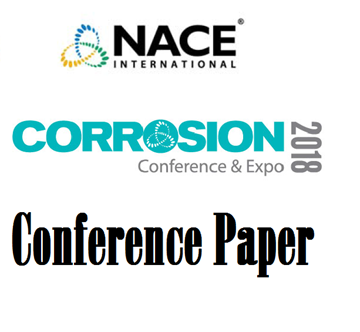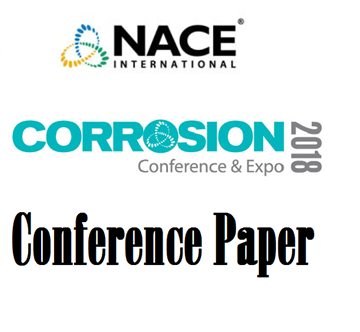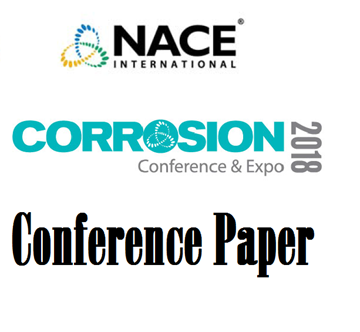Search
51318-10490-Elucidating the Corrosion Phenomena in a Thermal In-Situ Oil Sands Emulsion Pipeline
Also Purchased
51318-10466-Internal Corrosion Asset Preservation Methodolgy - Case Study
Product Number:
51318-10466-SG
Publication Date:
2018
$20.00
51318-10487-Evaluation of Coating Systems to Address Pitting Corrosion of 316 Stainless Steel for Offshore
Product Number:
51318-10487-SG
Publication Date:
2018
$20.00
51318-10473-Monitoring The growth of Marine Bio-films of Different Metallic Alloys in Seawater by EIS
Product Number:
51318-10473-SG
Publication Date:
2108
$20.00




